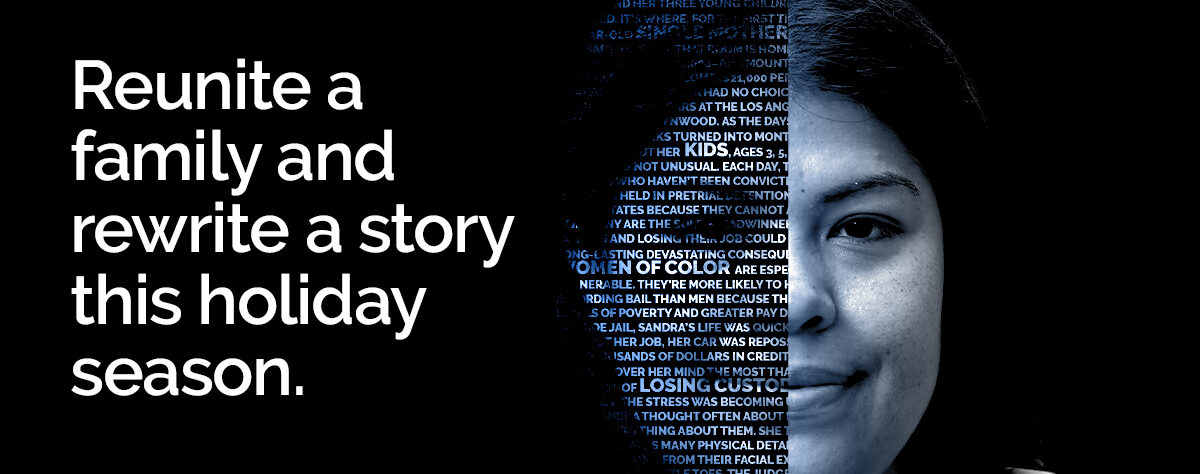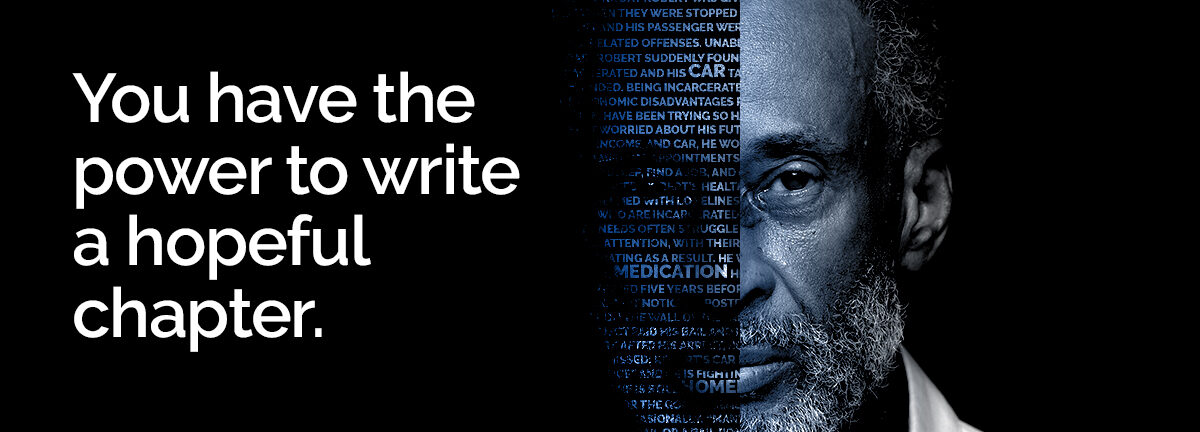If you were to ask a friend or neighbor what the difference between “bail” and “bond” is, more likely than not, they would be hard pressed for an answer. There is such a high volume of terms that describe the pretrial process – the period of time, court procedures, and events occurring between a person’s arrest and the resolution of their case – that even those working in the field can find themselves at times confused. The sheer complexity of the pretrial system can be a barrier that works against a collective understanding of that very system, ultimately styming change.
Fortunately, at The Bail Project, we have devised a “Glossary of Bail-Related Terms,” a comprehensive list of terms that are associated with the pretrial and cash bail systems. The format is simple: alphabetically ordered terms with plain-language descriptions. Sometimes, terms can relate to one another or are colloquially assumed to be synonymous. The bail glossary irons out the key points of difference between such terms, or corrects their common usage. Any reader of this bail glossary will come out the other end with a more accurate, streamlined understanding of the pretrial system as a whole.
Let’s see how the Glossary can demystify terms by looking at “bail” and “bond.” These are two terms that many people may have heard before; in fact, they are often used interchangeably.
- Bail: money or property that will be forfeited to the court if an accused individual fails to appear for trial. It refers to when a person charged with a crime or their family uses their own money to secure release. Bail types and amounts can differ across jurisdictions. Some jurisdictions use a bail schedule, while others do not (see bail/bond schedule). A judge makes the ultimate determination as to whether an individual can be released on bail and how much that bail amount is.
- Bond: an agreement between the court and a defendant that secures the release of the latter before trial, and includes several types, such as: secured bonds, unsecured bonds, partially-secured bonds, percentage bonds, and surety bonds. In contrast to bail, it is when a person charged with a crime posts a portion of their bail, uses a bail bond company, or posts non-monetary collateral to secure their release. Bond types and amounts can differ across jurisdictions. A judge makes the ultimate determination of what terms are outlined in the bond agreement.
So, both bail and bond clearly relate to the release mechanisms of a defendant before trial. But if we dig a bit deeper, there are some important differences between the two terms. Whereas bail refers to money or another form of property provided by a court, a bond is a type of agreement between a court and defendant that can involve a range of types of bonds. Who the “payee” is is another point of contrast: the defendant or their family posts bail; whereas a defendant or bail bond company can post bond. In the end, it turns out, these terms aren’t one and the same. This is just one example of the many terms included in the bail glossary.
In order to effect meaningful change for the thousands of low-income people entrapped in the two-tiered system of cash bail, we need to go back to the basics. Get started with our glossary and learn which terms you may be using interchangeably.
Thank you for your valuable attention. The urgency and complication of the cash bail crisis requires meaningful participation to create real change – change that is only achieved through the support of readers like you. Please consider sharing this piece with your networks and donating what you can today to sustain our vital work.












